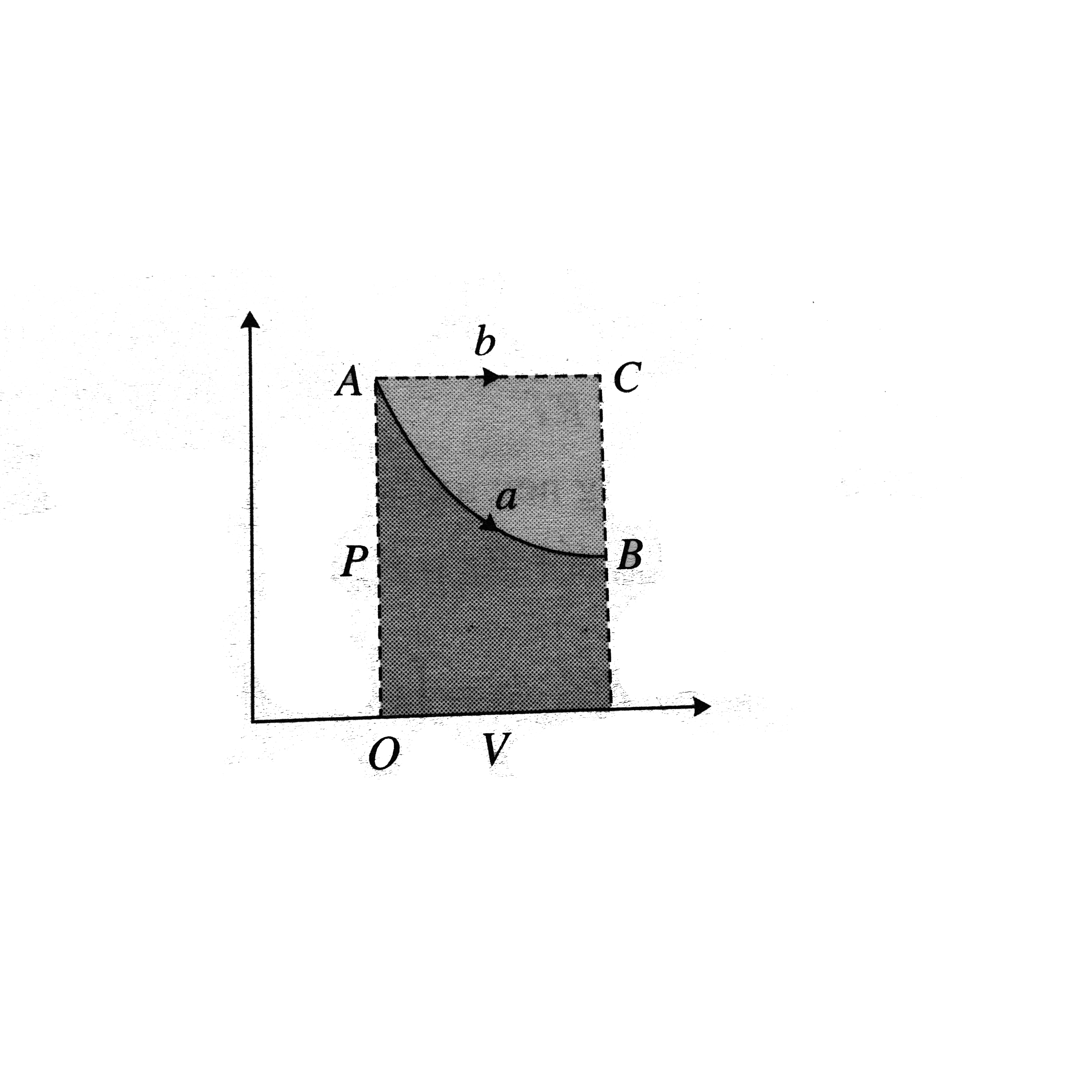Two gases 1 02' and 'He' expand for same volume difference at constant and equal pressure, then
WO_2 gt WH_e
WH_e gt WO_2
Equal work
All of these
To solve the problem, we need to analyze the work done by two gases, O2 and He, when they expand under the same conditions. Here’s a step-by-step solution:
Step 1: Understand the Work Done by a Gas
The work done (W) by a gas during expansion at constant pressure can be calculated using the formula:
W=PΔV
where P is the pressure and ΔV is the change in volume.
Step 2: Identify the Given Conditions
In this problem, we have two gases (O2 and He) that expand at constant and equal pressure. We are also told that they expand for the same volume difference, which means:
ΔVO2=ΔVHe
Step 3: Write the Work Done for Each Gas
For gas O2, the work done is:
WO2=PΔVO2
For gas He, the work done is:
WHe=PΔVHe
Step 4: Substitute the Volume Differences
Since we know that the volume differences are equal, we can substitute:
WO2=PΔV
WHe=PΔV
where ΔV is the common volume difference for both gases.
Step 5: Compare the Work Done
Since both expressions for work done are equal:
WO2=WHe
This indicates that the work done by both gases during their expansion is the same.
Conclusion
Thus, the work done by both gases O2 and He is equal when they expand for the same volume difference at constant and equal pressure.
Final Answer
The correct conclusion is that the work done by both gases is equal.
---
The work done (W) by a gas during expansion at constant pressure can be calculated using the formula:
W=PΔV
where P is the pressure and ΔV is the change in volume.
In this problem, we have two gases (O2 and He) that expand at constant and equal pressure. We are also told that they expand for the same volume difference, which means:
ΔVO2=ΔVHe
For gas O2, the work done is:
WO2=PΔVO2
For gas He, the work done is:
WHe=PΔVHe
Since we know that the volume differences are equal, we can substitute:
WO2=PΔV
WHe=PΔV
where ΔV is the common volume difference for both gases.
Since both expressions for work done are equal:
WO2=WHe
This indicates that the work done by both gases during their expansion is the same.
Thus, the work done by both gases O2 and He is equal when they expand for the same volume difference at constant and equal pressure.
The correct conclusion is that the work done by both gases is equal.
Topper's Solved these Questions
Similar Questions
Two gases H2 and O2 fuse from two different containers having same pressure and temperature. If the ratio of area of cross section of hole is 1:2 then the ratio of rate of effusion will be
View SolutionEqual masses of the two gases A and B are kept in two separate vessels at the same temperature and pressure. If the ratio of the molecular masses of A and B is 2:3, find the ratio of the volumes of the two vessels.
View SolutionSTATEMENT-1 : The gases He and H2 are very different in their behaviour at any temperature and pressure but their compressibility factors are nearly the same at the critical point.
STATEMENT-2 : They have nearly the same critical constant.
View SolutionOne mole of an ideal gas is expanded from a volume of 3L to 5L under a constant pressure of 1 atm. Calculate the work done by the gas.
View SolutionA quantity of gas occupies an initial volume V0 at pressure p0 and temperature T0. It expands to a volume V (a) constant temperature and (b) constant pressure. In which case does the gas do more work ?

View SolutionVolume of certain amount of a gas at 25∘C and 100 cm Hg pressure is 80 mL. The gas is expanded to 160 mL keeping the temperature constant. Calculate the pressure of the expanded gas.
View SolutionIf a gas, at constant temperature and pressure expands, then its
View SolutionTwo identical vessels A and B contain masses m and 2m of same gas. The gases in the vessels are heated keeping their volumes constant and equal. The temperature-pressure curve for mass 2m makes angle α with T-axis and that and for mass m makes an angle β with T-axis then
View SolutionTwo different ideal diatomic gases A and B are initially in the same state. A and B are then expanded to same final volume through adiabatic and isothermal process respectively. If PA,PB and TA,TB represents the final pressure and temperature of A and B respectively then.
View SolutionTwo different ideal diatomic gases A and B are initially in the same state. A and B are then expanded to same final volume through adiabatic and isothermal process respectively. If PA,PB and TA,TB represents the final pressure and temperature of A and B respectively then.
View Solution
